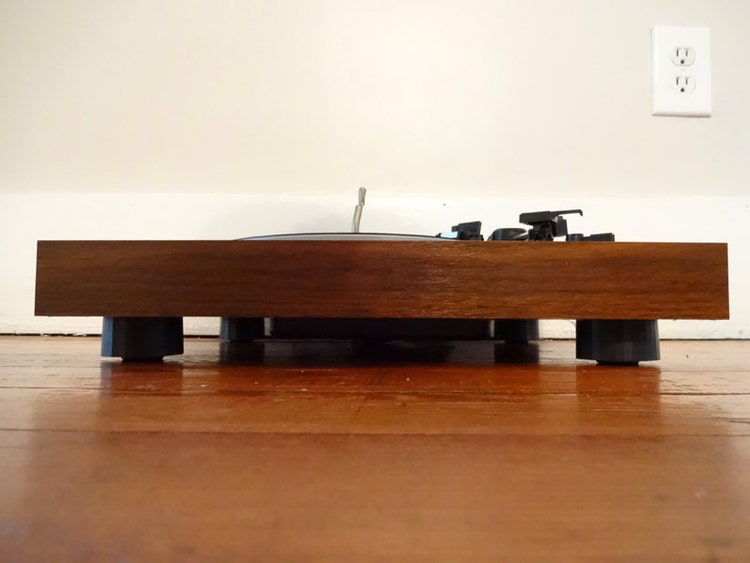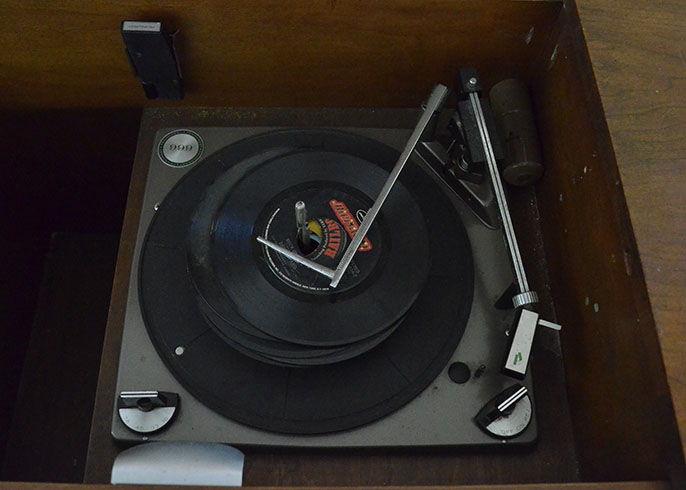

The racial makeup of the town was 82.77% White, 8.42% African American, 0.20% Native American, 3.15% Asian, 0.03% Pacific Islander, 3.12% from other races, and 2.31% from two or more races. There were 24,256 housing units at an average density of 889.9 per square mile (343.6/km 2). The population density was 2,008.2 inhabitants per square mile (775.4/km 2). See also: List of Connecticut locations by per capita income Historical populationĪs of the census of 2000, there were 54,740 people, 23,197 households, and 14,010 families residing in the town. The Manchester census-designated place consists of the urban center of the town and has a total area of 6.5 square miles (16.8 km 2), or about 23% of the town's total area. 1780 by Aaron Buckland and later sold to the Hilliard family, the Hilliard Mills are the oldest woolen mill site in the country.Īccording to the United States Census Bureau, the town has a total area of 27.7 square miles (71.7 km 2), of which 27.4 square miles (71.0 km 2) is land and 0.27 square miles (0.7 km 2), or 1.00%, is water. The mills, houses of the owners, and homes of the workers are now part of the Cheney Brothers Historic District, a National Historic Landmark.Īlso of note are the E.E. The manufacturing presence in the town made Manchester an ideal industrial community. Eventually, the Cheney family employed a quarter of residents and actively recruited immigrants to work in the mills. In 1838, the Cheney family started what became the world's largest silk mill. Weiss Center, listed on the National Register of Historic Places The Pitkin Glassworks Ruin has been preserved by the town's historical society. The owner of the glassworks, Captain Richard Pitkin, was given a 25-year monopoly on glass as recompense for providing gunpowder to the Continental Army during the American Revolution. The Pitkin Glassworks operated from 1783 to 1830 as the first successful glassworks in Connecticut. In 1783, East Hartford became a separate town, which included Manchester in its city limits until 1823. The town of Hartford once included the land now occupied by the towns of Manchester, East Hartford, and West Hartford. The many rivers and brooks provided power for paper, lumber, and textile industries, and the town quickly evolved into an industrial center. Īt the time it was known just as Orford Parish, a name that can still be found on the memorial to the Revolutionary soldiers from the town. The area known as Manchester began its recorded history as the camping grounds of a small band of peaceful Native Americans known as the Podunk tribe. The area was settled by colonists around 1673, some 40 years after Thomas Hooker led a group of Puritans from Massachusetts Bay Colony to found Hartford. Find the one that suits your style, take out your favorite vinyl and let it spin.Cheney Brothers Mills, South Manchester, 1920 There are other features such as Bluetooth, USBs, upgradable or fixed cartridge and many more to pick from top brands such as Audio-Technical. Home players usually have belt-drive, while the DJ ones direct-drive and a DJ stylus. It requires other audio components, like speakers and an amplifier, to play music Also, depending on whether you are looking for turntables to listen at home or DJ turntables, the designs and features will vary.

On the other hand, a turntable is simply the component of an audio system that spins the vinyl record. A record player is a turntable with built-in features such as speakers, you can play vinyl records from the moment you unbox it. Before you decide, you need to know the basic difference between them.

#RECORD PLAYERS FOR SALE JCPENNY PORTABLE#
Whether you are looking for a portable suitcase-style, simplistic design, professional DJ turntables or the classic one, we have them all. Love listening to music the old school way? At Target you get a wide assortment of record players and turntables with a range of features so that you can choose the one that suits you.


 0 kommentar(er)
0 kommentar(er)
